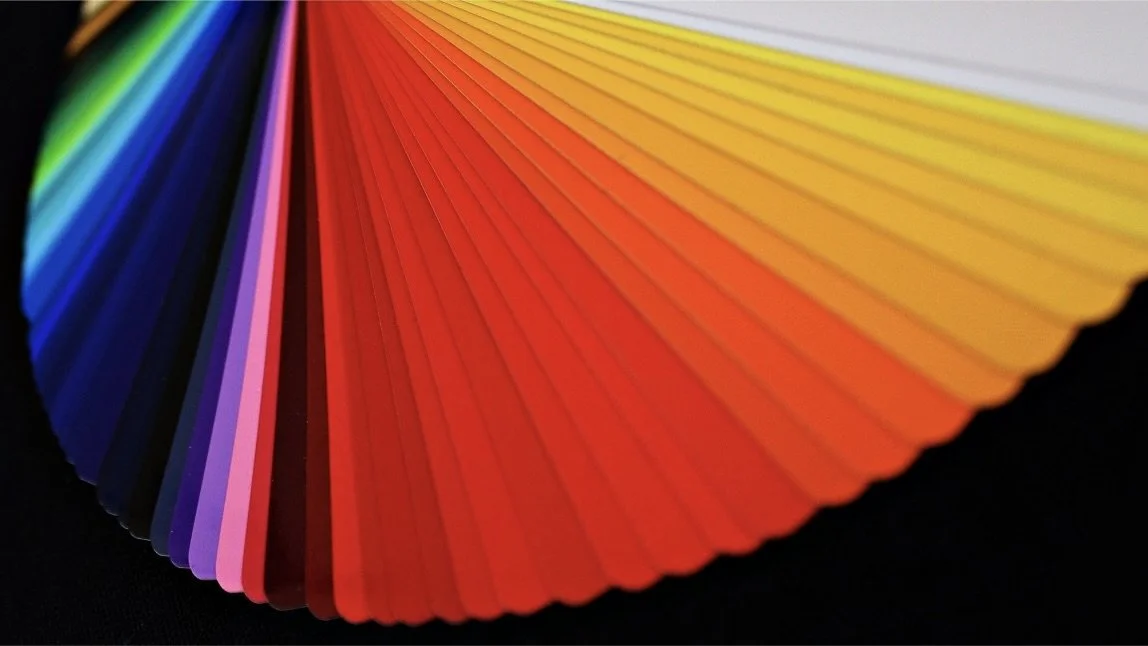BLENDS
1 + 1 = 3.
Oftentimes, good wine is bad math. I refer to a wine that is a “blend,” one wine made up of a number of wines. In many a blended wine, the whole is greater than the sum of its parts.
Champagne, for example, is the great blended wine. An individual “non-vintage” brut Champagne commonly is comprised of many dozens of wines (from various grape varieties, grown on several different vineyards; and from reserves of past years’ wines). In truth, the proper moniker for “non-vintage” Champagne should be “multi-vintage.”
By and large, we have a predilection for wines produced from but one variety of grape (“A glass of pinot grigio, please”). It’s our everyday way of buying wine—a chardonnay here, a merlot there.
But listen to Eric Glomski, founding winemaker at Arizona’s Page Spring Cellars: “Imagine being a painter with only one color on your palette. Imagine being a chef with one ingredient. Or envision Vivaldi or Bach with a single violin. . . . The appreciation for mixing, the notion of interplay, harmony, complexity, and balance is so underdeveloped in our culture when it comes to wine. To me, blending is the art of winemaking.”
Blends of wines come in many stripes. Like Champagne, many blends are from two or more grapes—Bordeaux reds and whites, for instance (and their progeny, the American “Meritage” reds and whites); most southern Rhones (and their imitators; the Aussie “GSM” blends of grenache, shiraz, and mourvedre); traditional Rioja; or the field blends of some Alsatian whites.
Sherry would not be Sherry were it not for its solera, a method of fractionalized blending of wines from dozens of years in order to even out vintage variability. The Australians blend wines from vineyards often miles apart—often dozens of wines into one wine—in order to achieve a chosen “style” of chardonnay, say, or shiraz.
What winemakers seek when they blend is Glomski’s “harmony” of parts - how cabernet sauvignon’s taut tannin can be mollified by merlot’s plumpness, for example, or a white low in acidity snapped to attention with some other white high in it. Blending can take as many forms or achieve as many ends as there are possible textures for the tongue to touch or aromas for the nose to smell.
Blended wines often are superior to wines made from one grape alone.
Blends do not attempt to stretch a better wine with an inferior one. That’s adulteration and is rare.
Blends occur at every level of winemaking, from the most everyday to the finest of wines.
Blends do not mix merely different grape varieties, but often different vintages, styles, or elements of wines (oak, acidity, tannin, color).
